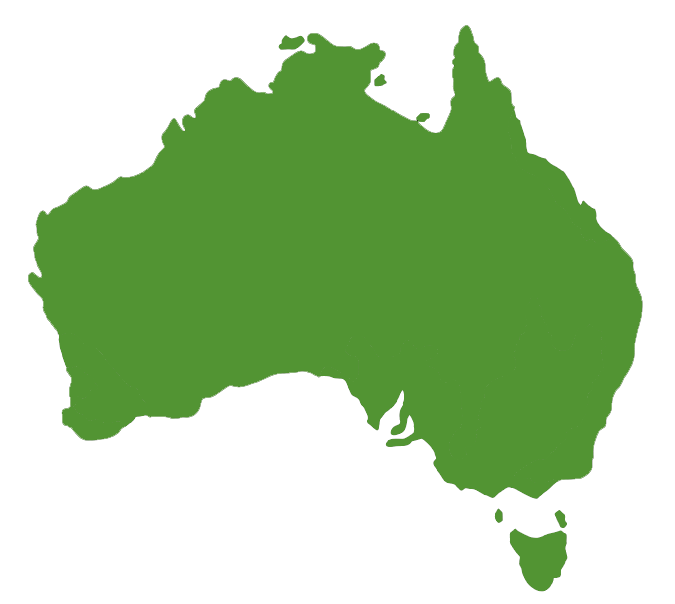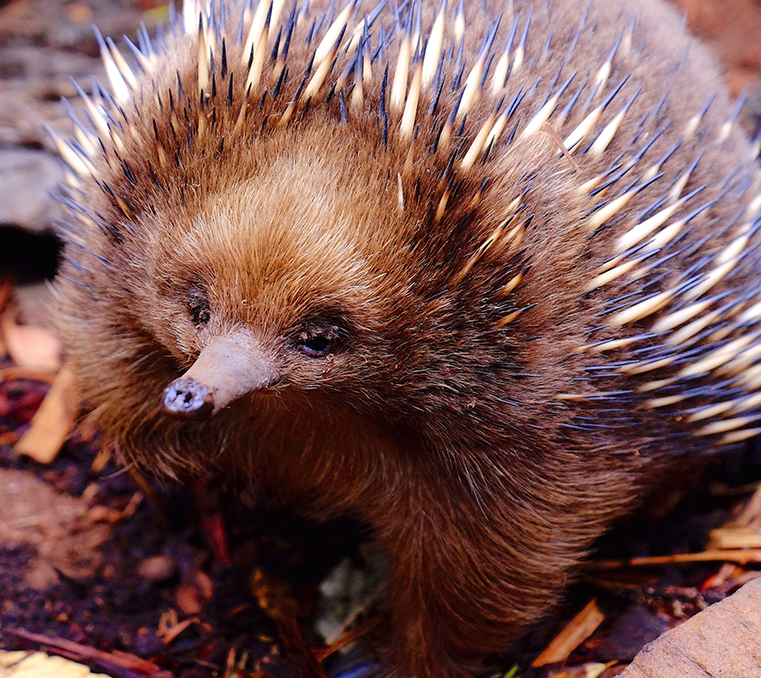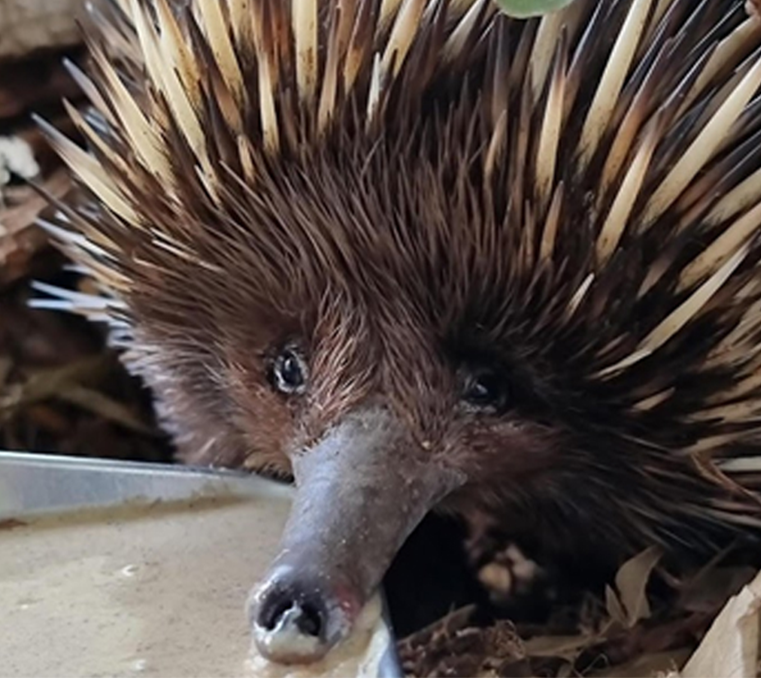Short-beaked Echidna
Tachyglossus aculeatus
Echidnas are found all over Australia and have adapted to thrive in many harsh environments. Their spiky exterior consists of hollowed spines made from keratin which is the same substance as our hair and fingernails. These spines are perfect for protecting them against potential predators such as foxes, goannas and feral cats. If under attack or feeling threatened, the Echidna will roll into a ball, protecting its body with its sharp spines and will use its powerful feet and claws to dig into the earth, leaving only its spiky exterior revealed.
Echidnas have a long lifespan of 30 to 40 years in the wild and up to 50 years in zoos and wildlife parks.
WHAT THEY EAT
Echidnas use their strong sense of smell to sniff out prey. They feed primarily on termites, ants, and other insects. Echidnas have no teeth, so they eat by using their powerful claws to tear open termite mounds, logs and tree bark then using their long, sticky tongues they capture insects for dinner.
BREEDING
Echidnas are monotremes, making them one of only two egg laying mammals in the world. Aside from the echidna species, the only other monotreme species is the platypus. The echidna breeding season is between June- September. A female echidna lays a single egg in her pouch, which hatches in about 10 days. At birth, the baby, called a puggle, weighs only 0.5g and is less than 12mm long.
The puggle stays in the pouch for another 6-9 weeks, the mother will then leave the puggle in an underground burrow once their spines begin to break through the skin. She then returns to feed it every few days until it is big enough to emerge on its own, roughly about 4 months of age, but will not be fully weaned from its mother until roughly 7-12 months.










